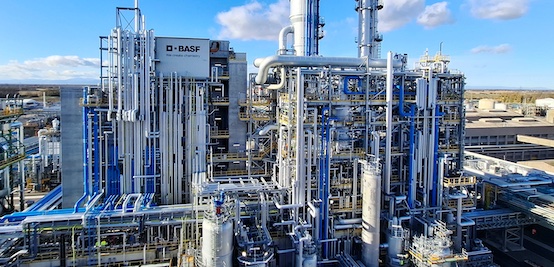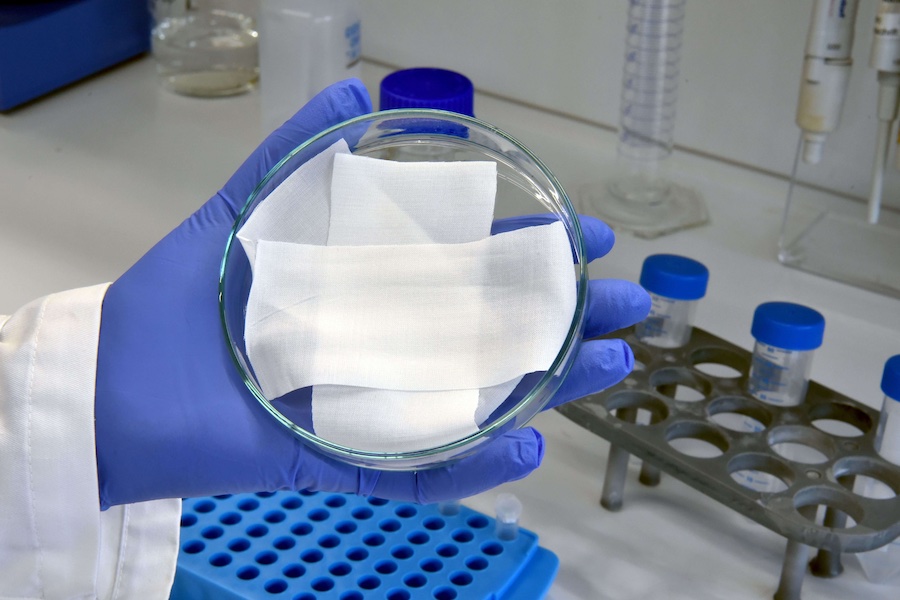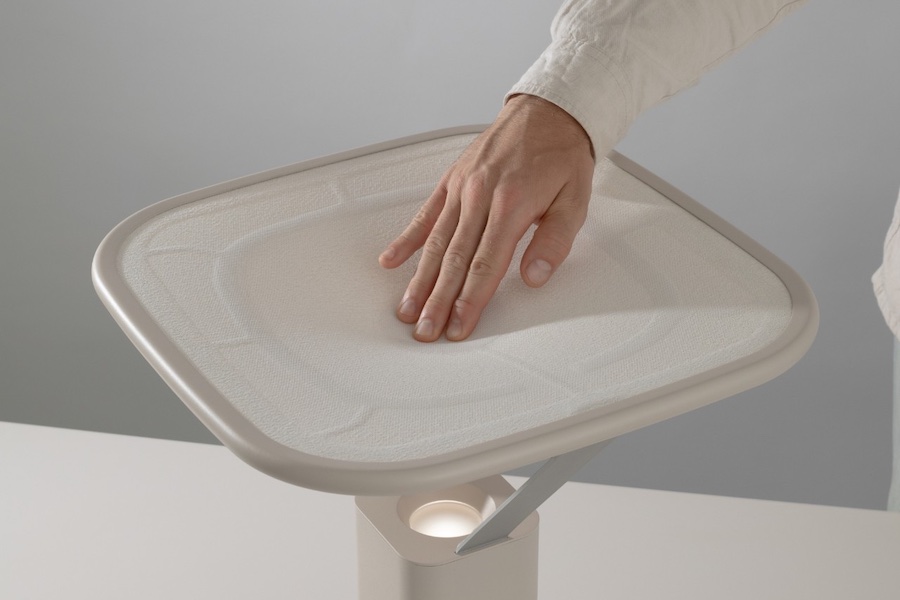#Textile chemistry
BASF calculates CO2 footprint of all sales products
- BASF as the first chemical company with transparent emission data for the entire portfolio of approximately 45,000 products
- Data from the BASF Verbund and a new digital application help BASF customers to better measure and reduce their own CO2 footprint of their activities and end products
- Already today, BASF offers customers products with reduced carbon footprint based on renewable or recycled raw materials according to the mass balance approach
“Sustainability and digitalization are core elements of our corporate strategy, which we are consistently implementing. By calculating the CO2 footprint, we bring both together and create much greater transparency for our customers regarding the specific emissions for each BASF product. This enables us to develop plans together with our customers to reduce CO2 emissions along the value chain up to the final consumer product,” says Dr. Martin Brudermüller, Chairman of the Board of Executive Directors of BASF SE.
BASF has been calculating PCFs for individual products since 2007. With the digital solution developed in-house, BASF will be able to calculate the PCF for its approximately 45,000 sales products based on a global level. BASF will start with selected product and customer segments in the coming months and plans to make PCF data available for the entire portfolio by the end of 2021.
“Climate protection issues are also becoming increasingly important for our customers. In the future, we will be able to support them with reliable data so that they can achieve their climate targets,” said Christoph Jäkel, Head of Corporate Sustainability. “With the help of PCFs, our customers can identify where the levers for avoiding greenhouse gas emissions are. We are already offering them the opportunity to reduce the carbon footprint of selected products by using alternative raw materials and renewable energies”.
One example is BASF’s biomass balance approach, in which fossil resources are replaced by renewable raw materials from organic waste and vegetable oils in the production Verbund and mathematically allocated to the sales product. Another example of the application of the mass balance approach is the ChemCyclingTM project. Since 2020, BASF has been offering its customers the first commercial quantities of products for whose production chemically recycled plastic waste is used as a raw material at the beginning of the value chain. BASF’s sales products from both approaches have the same properties as products based on purely fossil raw materials – but with a lower carbon footprint.
Climate protection is an important part of BASF’s strategy. BASF has set itself the goal of keeping production-related emissions constant until 2030 despite further growth. BASF is pursuing a three-pronged approach consisting of increasing its production and process efficiency, purchasing electricity from renewable sources and developing fundamentally new and low-emission processes.
Comparable standards necessary
BASF has been using sustainability assessment methods for 25 years. This includes the collection and processing of data for the measurement of sustainability contributions, as is currently used, for example, in SEEBalance® or Sustainable Solution Steering. BASF’s PCF calculation is based on substantial data from the collection of emissions in its own production network and high-quality average data for purchased raw materials and purchased energy. The methodology follows general standards for life cycle analysis such as ISO 14044 and ISO 14067 as well as the Greenhouse Gas Protocol Product Standard.
BASF is committed to the introduction of product-specific guidelines for the calculation of PCFs in the chemical industry in order to create an industry-wide level playing field and comparability for products. “We are working with various partners to promote standardization,” says Jäkel.
Receive up-to-date news releases from BASF via push notification on your smartphone. Register for our news service at:
http://basf.com/pushnews.













